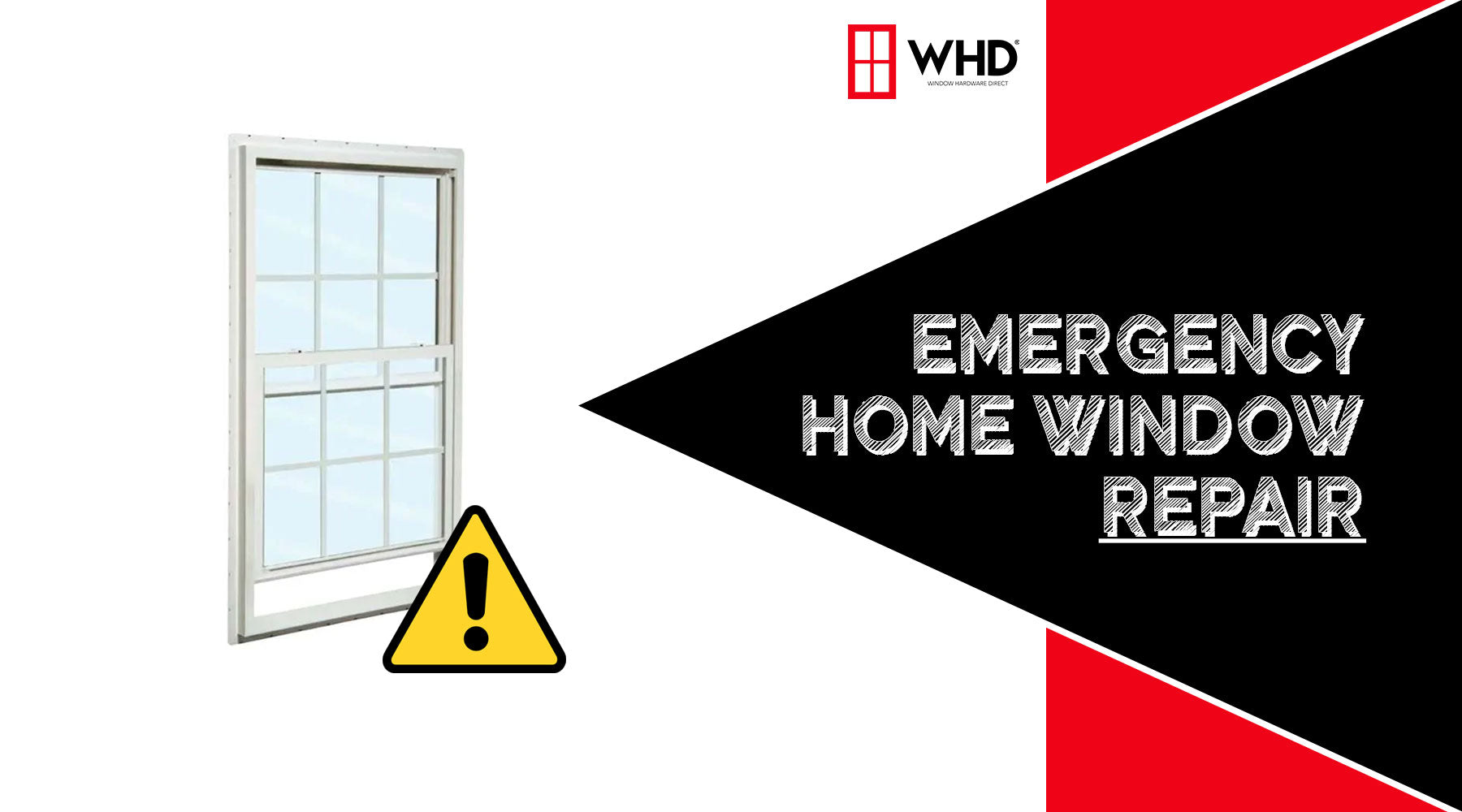
Emergency Window Repair: A Guide to Addressing Home Window Emergencies
Windows are essential components of any home, offering natural light, ventilation, and a connection to the outdoors. However, when a window becomes damaged or compromised, it can pose safety hazards and leave your home vulnerable to various elements. In such situations, prompt action is necessary to ensure the security and comfort of your household. This guide explores the importance of emergency window repair and provides practical steps to address common window-related emergencies.
Understanding Emergency Window Repair
Window emergencies can arise unexpectedly due to various factors, including severe weather, accidents, or attempted break-ins. Regardless of the cause, it's crucial to address these issues promptly to minimize further damage and maintain the integrity of your home. Here are some common scenarios that may necessitate emergency window repair:
Broken Panes:
A shattered or cracked window pane compromises the security of your home and exposes it to the elements.

Failed Seals:
Seal failure can lead to foggy or condensation-filled windows, indicating a loss of energy efficiency and potentially compromising indoor air quality.

Damaged Frames:
Warped, rotted, or broken window frames compromise structural integrity and can make windows difficult to operate.

Security Concerns:
Attempted break-ins or vandalism may result in damaged windows, necessitating immediate repairs to restore security and peace of mind.

Severe Weather Damage:
High winds, hail, or flying debris during storms can cause significant damage to windows, posing safety risks and allowing water infiltration.

Steps for Emergency Window Repair
When faced with a window-related emergency, taking swift and appropriate action is paramount. Here's a step-by-step guide to addressing common window issues:
 Assess the Damage:
Assess the Damage:
Carefully inspect the affected window to assess the extent of the damage. Identify any broken panes, damaged frames, or compromised seals or weatherstripping.
 Secure the Area:
Secure the Area:
If the window is shattered or broken, prioritize safety by clearing the area of any glass fragments or debris. Use caution to avoid injuries, and consider blocking off the area until repairs can be completed.
 Temporarily Seal the Window:
Temporarily Seal the Window:
In cases where the window cannot be immediately repaired, such as during inclement weather, temporary solutions can help prevent further damage. Use duct tape, plastic sheeting, or plywood to seal the window and keep out moisture and drafts.
 Contact Emergency Repair Services:
Contact Emergency Repair Services:
Reach out to local professional window repair services specializing in emergency situations. Many companies offer 24/7 emergency response and can dispatch technicians to assess the damage and provide temporary or permanent repairs as needed.
 Document the Damage:
Document the Damage:
Take photos of the damaged window and surrounding area for insurance purposes. Providing documentation can streamline the claims process and ensure you receive adequate coverage for repairs.
 Consider Upgrades or Reinforcements:
Consider Upgrades or Reinforcements:
Depending on the nature of the damage, you may wish to explore options for upgrading or reinforcing your windows to enhance security and durability. This could involve installing impact-resistant glass, reinforcing frames, or adding security film.
 Schedule Comprehensive Repairs:
Schedule Comprehensive Repairs:
Once the immediate emergency has been addressed, schedule a follow-up appointment for comprehensive repairs or replacements. Work with reputable professionals to ensure quality workmanship and long-term reliability.

Preventing Future Emergencies
While some window emergencies are unavoidable, proactive maintenance and precautionary measures can help minimize risks and prolong the lifespan of your windows. Consider the following tips to prevent future emergencies:
- Regularly inspect windows for signs of wear, damage, or seal failure.
- Keep windows clean and free of debris to prevent buildup and potential damage. We also recommend lubricating your hardware to extend the lifespan of your windows.
- Trim nearby trees and foliage to reduce the risk of branches causing damage during storms.
- Reinforce windows with security features such as locks, sensors, or impact-resistant glass.
- Invest in routine window maintenance and address issues promptly to prevent minor problems from escalating into emergencies.
Conclusion
By prioritizing window maintenance and promptly addressing emergencies, you can safeguard your home against unexpected damage and ensure the continued comfort and security of your household.
Remember to stay vigilant, be prepared, and enlist the help of professionals when needed to tackle window-related emergencies effectively. For more information about home emergency window repair or help ordering replacement parts, Contact Us Today! The WHD Team looks forward to hearing from you.
